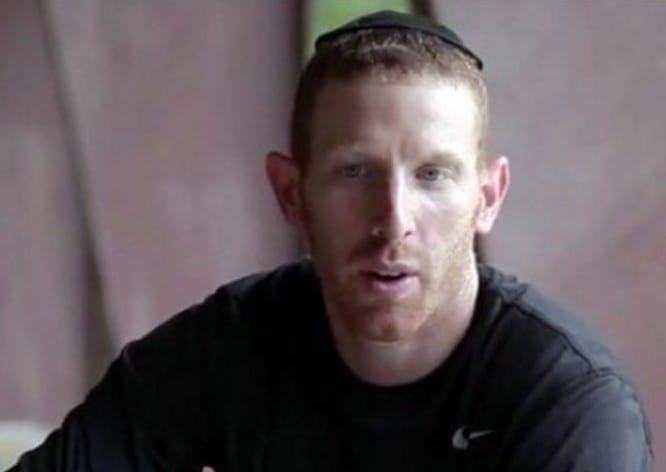JAMA Internal Medicine, a peer-reviewed medical journal published twice a month by the American Medical Association in the U.S., carried out a study to find out how attending religious services impact on a person’s health.
In the United States, religious practice is widespread. Polls show that around 65 percent of Americans consider religion to be an important part of life, 83 percent report praying to God within the last week, while 43 percent report having attended a religious service in the past week.
Study co-author Tyler J. VanderWeele, Ph.D., of the Harvard T.H. Chan School of Public Health in Boston, MA, and colleagues analyzed the data on 74,543 women who were part of the Nurses' Health Study. The majority of women were Catholic or Protestant nurses.
From 1992 until 2012, the women completed a questionnaire every 4 years that asked them how often they attended religious services: more than once a week; once a week; one to three times a month; less than once a month; or never.
All women were free of cancer and cardiovascular disease (CVD) at the beginning of the study, and the researchers assessed the incidence of all-cause CVD, and cancer mortality over 16 years of follow-up, ranging between 1996-2012.
During follow-up, 13,537 of the women passed away. A total of 2,721 deaths were from CVD and 4,479 were from cancer.
Compared with women who never attended religious services, those who worshipped more than once a week were found to be at 33 percent lower risk of all-cause death.
Those who attended religious services once a week were found to be at 26 percent reduced risk of all-cause death, and those who attended less than once a week were at 21 percent reduced risk of all-cause death.
The researchers believe that the link between attendance of religious services and mortality could be partly explained by a religious lifestyle alleviating symptoms of depression, and providing social support and optimism. Nevertheless, each of these factors explained no more than 25 percent of the association.
Commenting on their overall results, the authors say: “Religion and spirituality may be an underappreciated resource that physicians could explore with their patients.”
In the United States, religious practice is widespread. Polls show that around 65 percent of Americans consider religion to be an important part of life, 83 percent report praying to God within the last week, while 43 percent report having attended a religious service in the past week.
Study co-author Tyler J. VanderWeele, Ph.D., of the Harvard T.H. Chan School of Public Health in Boston, MA, and colleagues analyzed the data on 74,543 women who were part of the Nurses' Health Study. The majority of women were Catholic or Protestant nurses.
From 1992 until 2012, the women completed a questionnaire every 4 years that asked them how often they attended religious services: more than once a week; once a week; one to three times a month; less than once a month; or never.
All women were free of cancer and cardiovascular disease (CVD) at the beginning of the study, and the researchers assessed the incidence of all-cause CVD, and cancer mortality over 16 years of follow-up, ranging between 1996-2012.
During follow-up, 13,537 of the women passed away. A total of 2,721 deaths were from CVD and 4,479 were from cancer.
Compared with women who never attended religious services, those who worshipped more than once a week were found to be at 33 percent lower risk of all-cause death.
Those who attended religious services once a week were found to be at 26 percent reduced risk of all-cause death, and those who attended less than once a week were at 21 percent reduced risk of all-cause death.
The researchers believe that the link between attendance of religious services and mortality could be partly explained by a religious lifestyle alleviating symptoms of depression, and providing social support and optimism. Nevertheless, each of these factors explained no more than 25 percent of the association.
Commenting on their overall results, the authors say: “Religion and spirituality may be an underappreciated resource that physicians could explore with their patients.”
0 13 1 minute read





